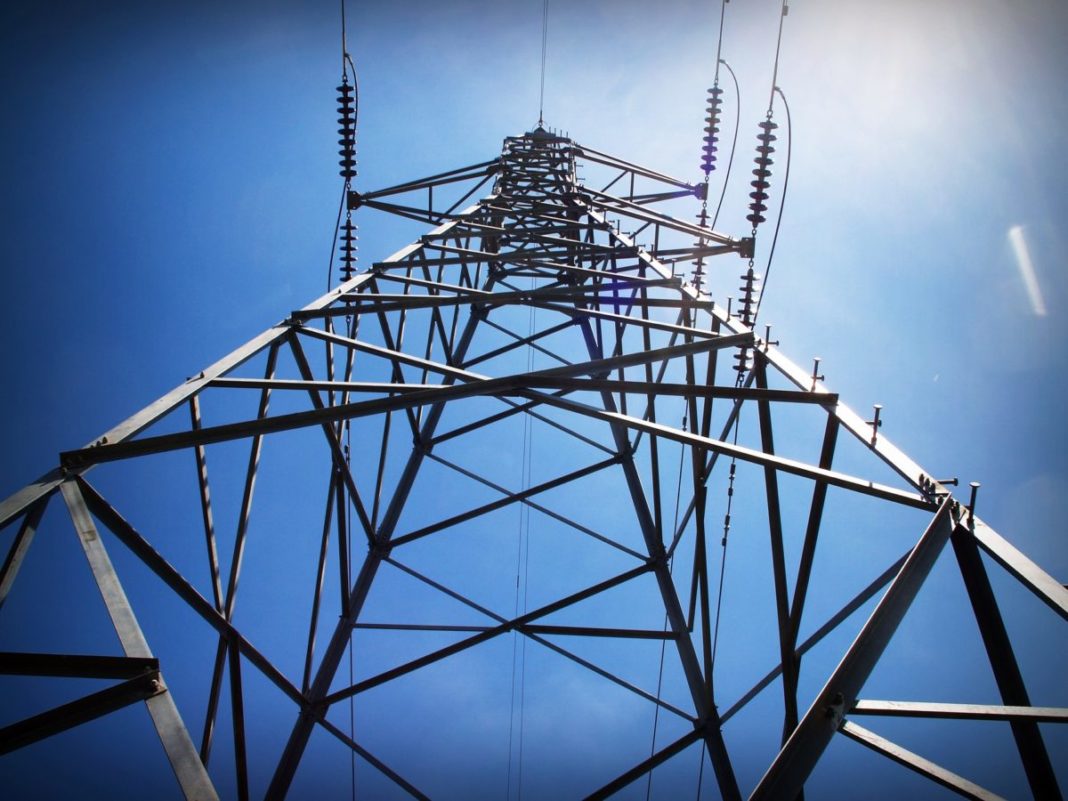The energy transition is gathering pace faster than ever, according to an update from professional services firm Ernst & Young (EY) which cited the influence of the three Ds: decarbonization, decentralization and digitization. In a blogpost aimed squarely at persuading energy utilities to embrace the switch to renewable energy and storage if they wish to survive the energy transition, EY’s global energy leader Benoit Laclau also cited the transformative nature of EVs , artificial intelligence , machine learning and the cross-sectoral push for electrification . Last year, accountancy ‘Big Four’ member EY produced a report which examined three tipping points of the energy transition as it predicted off-grid energy would reach price and performance parity with grid power as early as 2021 in Oceania ; EVs would reach parity globally with conventional vehicles in 2025; and the cost of transporting energy would be more expensive than generating and storing it locally as early as 2039 in the northeast U.S. Those tipping points have likely got even nearer now, thanks to better , cheaper technology; climate policy ambition ; corporate renewable energy deals ; and stakeholder pressure , wrote Laclau yesterday.
Disruptive technology
Citing new analysis of energy markets in Europe, Oceania, Gulf Cooperation Council nations, China, India, Latin America and the United States, the EY energy specialist said new renewable energy capacity had outpaced conventional power asset additions for the seventh year in a row in 2018 thanks to battery storage, EVs, artificial intelligence (AI) and machine learning. Utility scale storage was a prime factor, said Laclau, with the U.S. leading the way as 40 GW of energy storage are set to be added worldwide by 2022 and with the technology already beating natural gas on price in some markets. The role […]

